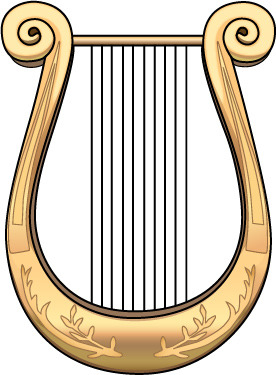Without breaking the shell, how can we find out whether an egg is boiled or not ?
Mechanics gives us the answer. The whole trick is that a boiled egg
spins differently than a raw one. Take the egg, place it on a flat plate and spin it (Fig. 39). A cooked egg, especially a hard-boiled one, will revolve much faster and longer than a raw one; as a matter of fact, it is hard to make the raw egg even turn.
Mechanics gives us the answer. The whole trick is that a boiled egg
spins differently than a raw one. Take the egg, place it on a flat plate and spin it (Fig. 39). A cooked egg, especially a hard-boiled one, will revolve much faster and longer than a raw one; as a matter of fact, it is hard to make the raw egg even turn.
The explanation lies in the fact that while a hard-boiled egg revolves as one whole. In a raw egg - the inside liquid do not rotate with the outside shell and so it puts the brake on the egg's motion.
Also the boiled and raw eggs stop spinning differently. When you touch a spinning boiled egg with a finger, it stops at once. But a raw egg will continue spinning for a while. The reason for this is "inertia" of the liquid inside the raw egg - the liquid of the raw egg still continue moving even after the solid shell is brought to a state of rest.
















